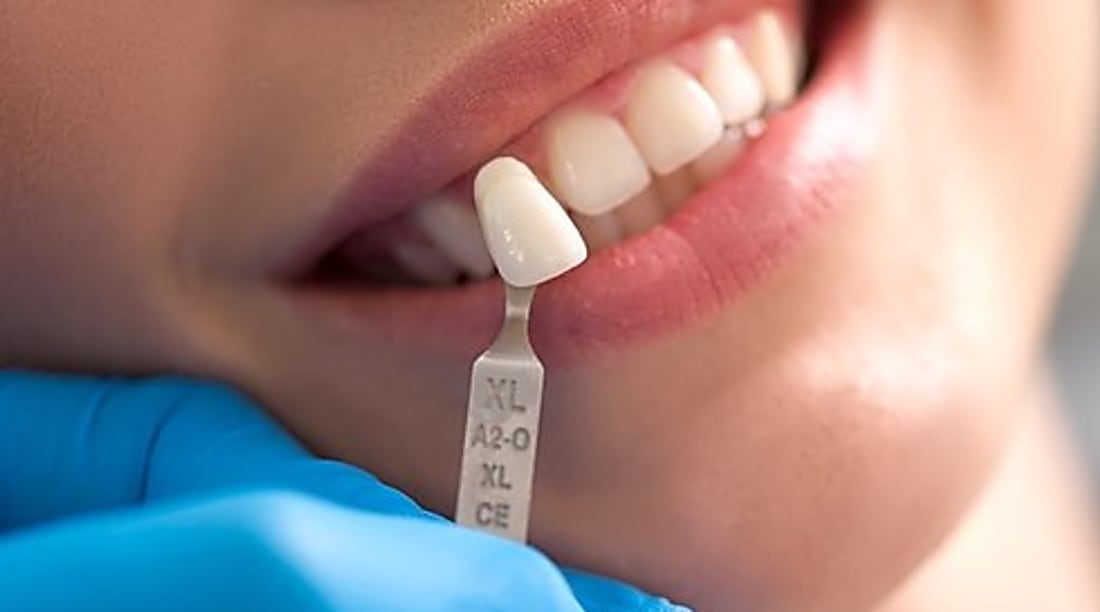Complete Guide to Dentures: Restore Your Confident Smile
Explore practical, up-to-date information about denture options—from traditional removable sets to modern invisible and implant-supported solutions. This guide explains how dentures are made, what to expect during fittings, maintenance tips, and cost and insurance considerations to help you choose the best dental prosthetic for your needs.

Dentures remain a reliable way to replace missing teeth and rebuild oral function and self-assurance. Advances in materials and design now offer options that look more natural and feel more comfortable than ever. This guide walks through modern denture choices, the fitting journey, daily care, pricing expectations, and tips for adapting to life with a dental prosthesis.
Invisible Dentures: A More Natural-Looking Option
Recent innovations have produced clear, tooth-colored dental frameworks that dramatically reduce the visibility of clasps and supports. Often called invisible or esthetic partials, these prostheses use translucent acrylics or flexible polymers and careful color-matching to blend with surrounding teeth and gums. The result is a discreet restoration that preserves appearance while restoring chewing function.
Unlike bulky metal clasps, the retention components on these devices are designed to be subtle or hidden behind teeth. For patients prioritizing aesthetics—especially those replacing a few front or side teeth—these options can be particularly appealing. Keep in mind that material choice, oral anatomy, and the number of missing teeth will affect which design is appropriate.
What to Expect When Getting Fitted for Dentures
Receiving dentures is a staged process that usually spans several appointments over a few weeks. The typical sequence includes:
- A comprehensive oral exam to assess gum health, bone structure, and any remaining teeth that may need treatment.
- Precise impressions and bite registrations so the lab can fabricate a prosthesis that matches your mouth.
- A wax or trial fitting, allowing you and your dentist to evaluate fit, appearance, and bite before the final denture is completed.
- Final fitting and a series of follow-up visits to fine-tune comfort and function.
Precision matters: accurate measurements and communication between clinician and lab technicians determine how comfortable and natural the final appliance will feel. Expect several adjustment visits, especially during the first few months, as tissues settle and you learn to wear the restoration.
Caring for Your Dentures
Routine maintenance is essential to preserve the life of your dentures and keep your mouth healthy. Follow these guidelines:
- Clean daily using products designed specifically for dentures. Standard toothpaste can be abrasive and may scratch the denture surface.
- After meals, remove and rinse your dentures to clear food particles and reduce bacterial buildup.
- Soak them overnight in an approved cleaning solution to help disinfect and retain their shape.
- Handle dentures carefully over a soft surface or a sink filled with water to avoid breakage if dropped.
- Maintain regular dental visits so your clinician can check oral tissues, evaluate fit, and polish or reline the appliance when needed.
Proper care helps prevent odors, staining, and irritation of the gums, and it extends the functional life of the prosthesis.
Cost and Insurance Considerations
Financial factors vary widely depending on the type of denture, materials, and whether implants are used for support. Below is a general pricing overview to help you plan. Always verify current costs with providers and review your insurance plan for specific coverage details.
| Type of Denture | Average Cost Range | Insurance Coverage |
|---|---|---|
| Traditional Complete | $1,000-$3,000 | 50-80% typically covered |
| Partial Dentures | $700-$2,500 | 50% average coverage |
| Implant-Supported | $15,000-$30,000 | Limited coverage |
| Invisible Dentures | $2,000-$4,000 | Varies by provider |
Prices, rates, or cost estimates mentioned in this article are based on the latest available information but may change over time. Independent research is advised before making financial decisions.
Insurance plans differ in their approach to prosthetic dentistry. Traditional removable dentures are often partially covered under dental plans, whereas implant-supported solutions tend to receive limited benefits and may require more out-of-pocket expense. Invisible or esthetic partials are priced between standard partials and implant-supported restorations and coverage varies by policy.
Adapting to Life with Dentures
Adjusting to a new denture typically takes several weeks. Early challenges often include increased saliva, mild gum soreness, and temporary changes in speech. A few practical tips to ease the transition:
- Start with softer foods and cut items into smaller pieces while you relearn chewing patterns.
- Practice speaking aloud, read slowly, and repeat difficult words to help restore clarity.
- Wear your denture for short, supervised periods at first, increasing time as comfort improves.
- Report persistent pain, looseness, or sore spots to your dentist promptly so adjustments can be made.
With patience and regular check-ins, most people adapt well and enjoy the restored ability to eat, speak, and smile confidently.
Dentures continue to evolve alongside dental materials and digital fabrication methods, giving patients more lifelike and comfortable options. Whether you choose a traditional removable set, an invisible partial, or an implant-supported solution, good oral hygiene and ongoing dental care are essential for long-term success.
This article is for informational purposes only and should not be considered medical advice. Please consult a qualified healthcare professional for personalized guidance and treatment.






